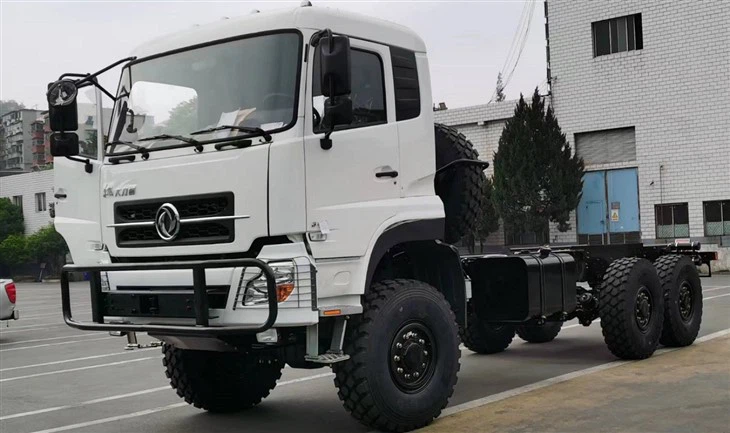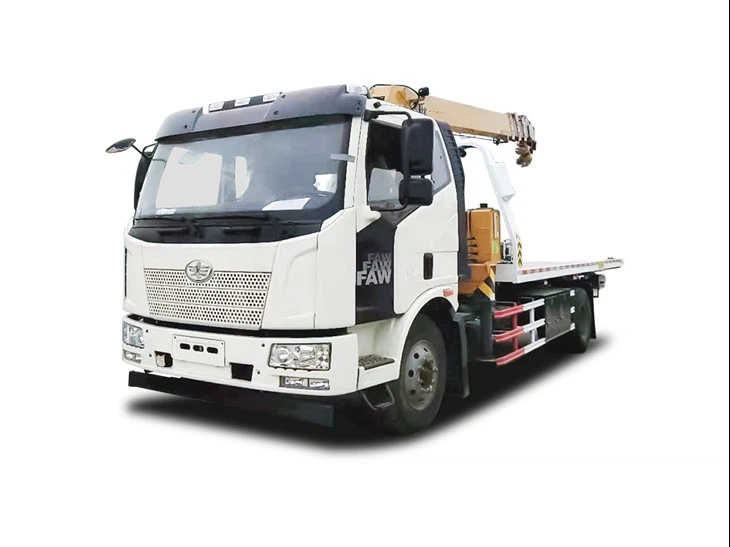Ultimate Guide to Refuse Compactor Trucks: Everything You Need to Know

Refuse compactor trucks play an essential role in modern waste management systems. These specialized vehicles are designed to collect, compact, and transport refuse efficiently. This article delves into everything you need to know about refuse compactor trucks, from their design and operation to their benefits and maintenance.
What is a Refuse Compactor Truck?
A refuse compactor truck is a heavy-duty vehicle specifically built for collecting and transporting waste materials to disposal sites. Unlike standard garbage trucks, refuse compactors are equipped with a hydraulic system that compresses the waste, allowing for greater payload capacity. This design reduces the number of trips required to dispose of waste, making waste management more efficient.
Key Components of a Refuse Compactor Truck
| Component | Description |
|---|---|
| Body | The main compartment where refuse is collected. It’s usually made of heavy-duty steel to withstand wear and tear. |
| Compaction System | A hydraulic mechanism that compresses the waste to maximize the amount of refuse carried. |
| Loader | An automated or manual system that lifts trash bins and deposits waste into the body of the truck. |
| Chassis | The base of the truck that supports all components. It is built to handle heavy loads and rough terrains. |
| Engine | A powerful engine designed to operate under heavy loads and provide the necessary power for compaction. |
Types of Refuse Compactor Trucks
1. Front-Load Compactors
Definition and Features
Front-load compactors are equipped with a hydraulic loader at the front. They are designed to lift refuse bins from the front of the truck directly into the compaction chamber, making them suitable for commercial waste collection in urban areas.
Advantages
- Efficient at collecting waste from multiple dumpster sites.
- Reduces the need for manual labor, improving safety.
2. Rear-Load Compactors
Definition and Features
Rear-load compactors feature a rear door that opens to allow waste to be loaded from the back. This design is often used in residential areas and allows for easy access to dumpsites.
Advantages
- Capable of handling large amounts of refuse in one load.
- Better suited for areas with limited access for front-load trucks.
3. Side-Load Compactors
Definition and Features
Side-load compactors use mechanisms to lift and load bins from the side of the truck. This type is often utilized in residential neighborhoods and is known for its flexibility in waste collection.
Advantages
- Can navigate narrower streets and tight spaces.
- Improves efficiency in residential waste collection.
How Refuse Compactor Trucks Work
Step-by-Step Operational Process
1. Vehicle Preparation
Before starting their route, the drivers go through a series of pre-trip inspections to ensure all systems are functioning, including the hydraulic system and compaction mechanism.
2. Collection of Refuse
The truck approaches the designated refuse collection point, where the loader picks up the waste bins, either manually or automatically, and deposits them into the collection compartment.
3. Compaction of Waste
Once the waste is in the compartment, the compaction system compresses the refuse, significantly increasing the payload capacity of the truck.
4. Transport to Disposal Site
After the compaction process, the truck transports the waste to a landfill or recycling facility. The increased load reduces transportation costs and fuel consumption.
5. Unloading
Upon reaching the disposal site, the truck unloads the waste by activating the rear or side door mechanism, allowing easy access for disposal.
Benefits of Using Refuse Compactor Trucks
1. Increased Efficiency
Refuse compactor trucks significantly increase operational efficiency. By compacting waste, they can carry up to three times more refuse than traditional waste collection vehicles.
2. Cost Savings
Less frequent trips to disposal sites translate into lower fuel costs and reduced labor hours. This cost efficiency is crucial for municipalities and waste management companies.
3. Environmental Benefits
By maximizing payloads and reducing the number of trips, refuse compactor trucks help lower greenhouse gas emissions and fuel consumption. This creates a more sustainable waste management practice.
4. Enhanced Safety
Modern refuse compactor trucks are designed with safety features, reducing the risk of accidents during waste collection. Automation allows for minimal manual lifting, which enhances worker safety.
Maintenance of Refuse Compactor Trucks
Regular Maintenance Checks
To ensure optimal performance, refuse compactor trucks require regular maintenance. This includes:
- Routine inspections of the hydraulic system.
- Checking tire pressure and tread.
- Regular oil and filter changes.
- Ensuring the compaction mechanism is functioning smoothly.
Common Issues and Troubleshooting
Some common issues that can arise with refuse compactor trucks include:
| Issue | Possible Solution |
|---|---|
| Hydraulic Leaks | Check hoses and connections; replace any damaged parts. |
| Compaction Failure | Inspect and clean the compaction chamber. |
| Loader Malfunction | Examine hydraulic fluid levels and connections. |
Practical Tips for Operating Refuse Compactor Trucks
1. Training and Certification
Ensure all operators are properly trained and certified to handle refuse compactor trucks. This will reduce accidents and enhance operational efficiency.
2. Route Optimization
Utilize software to plan and optimize waste collection routes. This reduces fuel consumption and ensures timely pick-ups.
3. Keep the Area Clean
Before and after collection, make sure the area around dumpsters is clean. This improves community relations and encourages proper waste disposal.
4. Monitor Load Levels

Regularly check compaction levels to avoid overloading the truck, which can cause mechanical issues and safety hazards.
5. Environmental Practices
Encourage recycling and proper waste disposal at collection points. Collaborate with local authorities and organizations to support community waste management initiatives.
Frequently Asked Questions (FAQ)
1. What is the average lifespan of a refuse compactor truck?
The average lifespan of a refuse compactor truck is typically 10 to 15 years, depending on factors like maintenance, usage, and operating conditions.
2. How much can a refuse compactor truck hold?

A refuse compactor truck can hold between 10 to 30 cubic yards of waste, with compaction levels allowing for greater volume compared to non-compacting trucks.
3. What types of waste are suitable for collection by refuse compactor trucks?
Refuse compactor trucks are designed for solid waste, including household trash, commercial refuse, and bulk waste such as furniture. They may not be suitable for hazardous or liquid waste.
4. Are refuse compactor trucks environmentally friendly?
Yes, refuse compactor trucks are environmentally friendly due to their ability to compress waste, leading to fewer trips to disposal sites and reduced fuel consumption.
5. What safety features should be checked before operation?
Operators should check safety features such as backup alarms, emergency stop buttons, and the functioning of the hydraulic lifting mechanism before use.

6. How does weather affect the operation of refuse compactor trucks?
Weather conditions like rain, snow, or high winds can affect visibility and driving conditions. Operators should adapt their routes and collection strategies accordingly during adverse weather.
